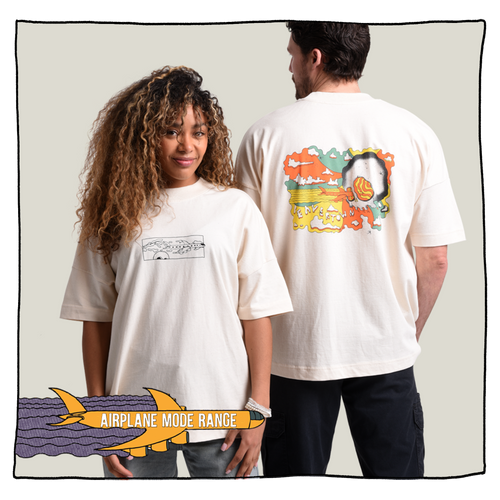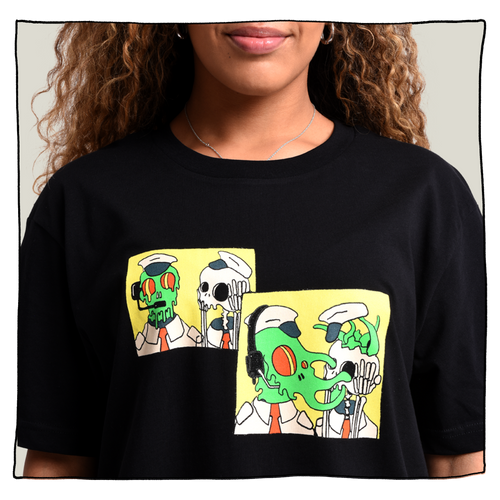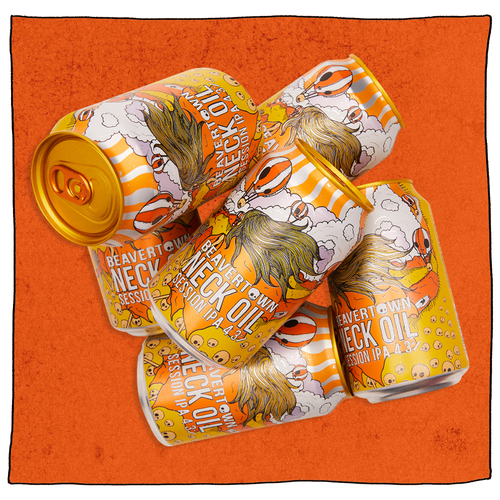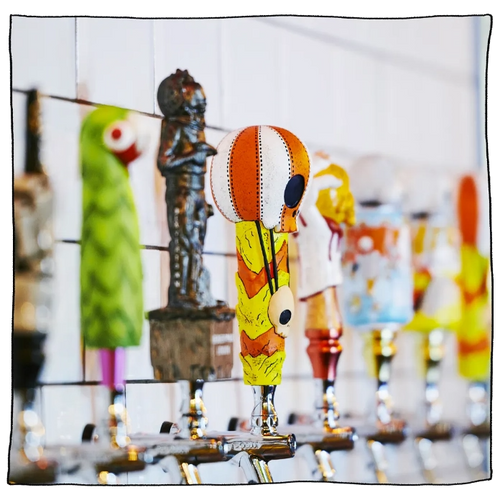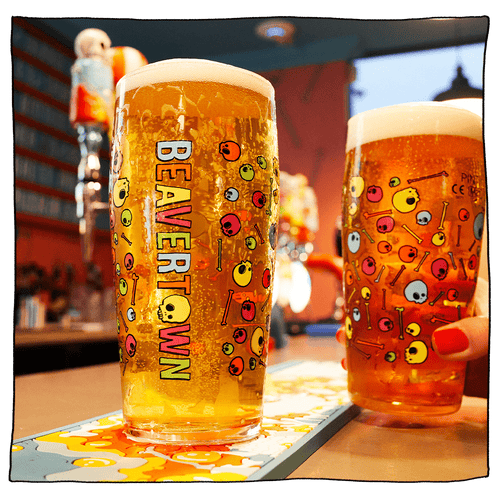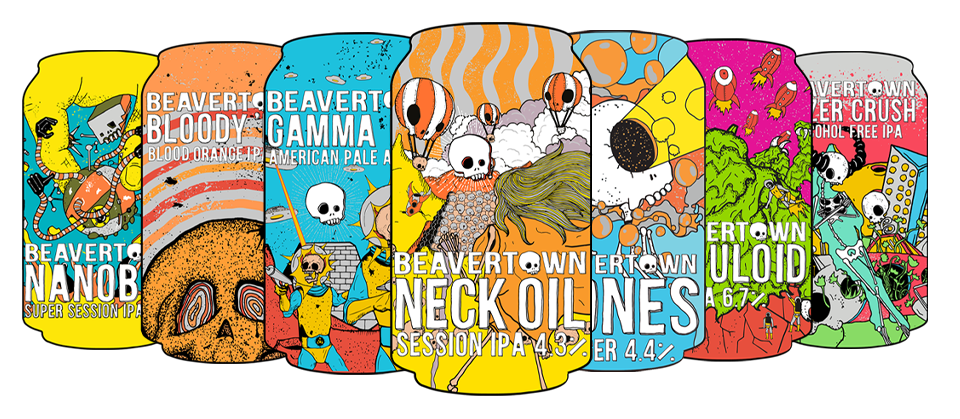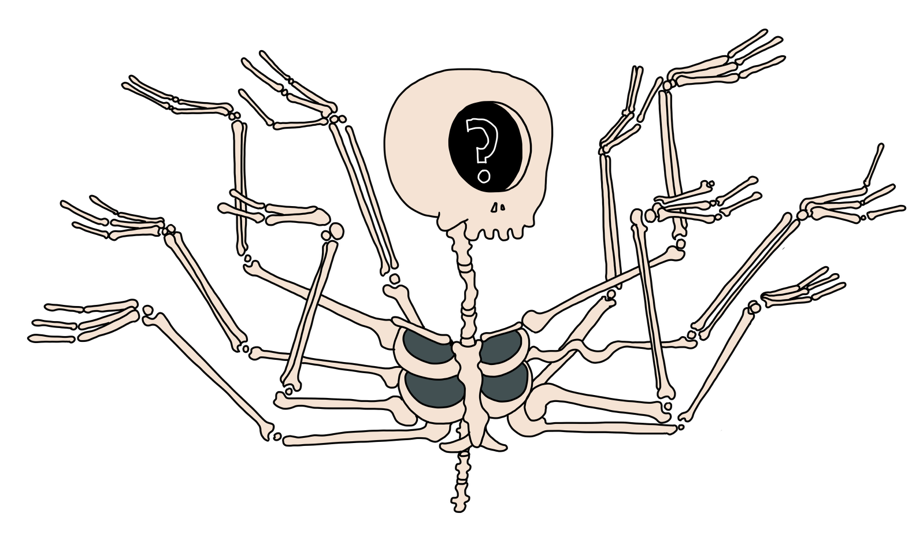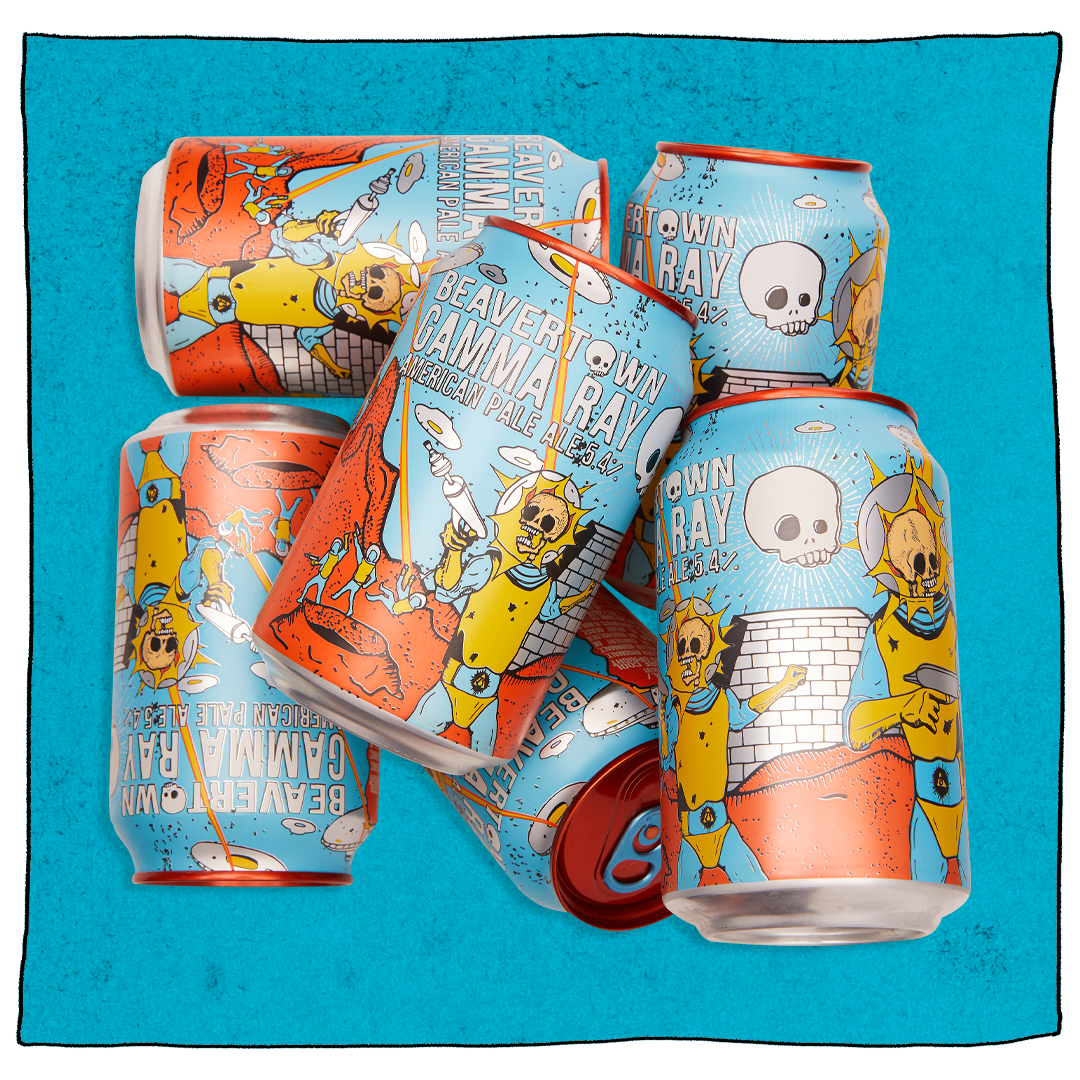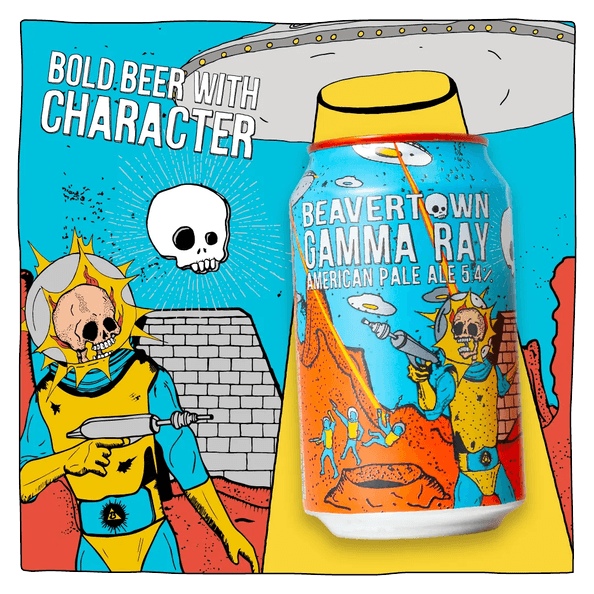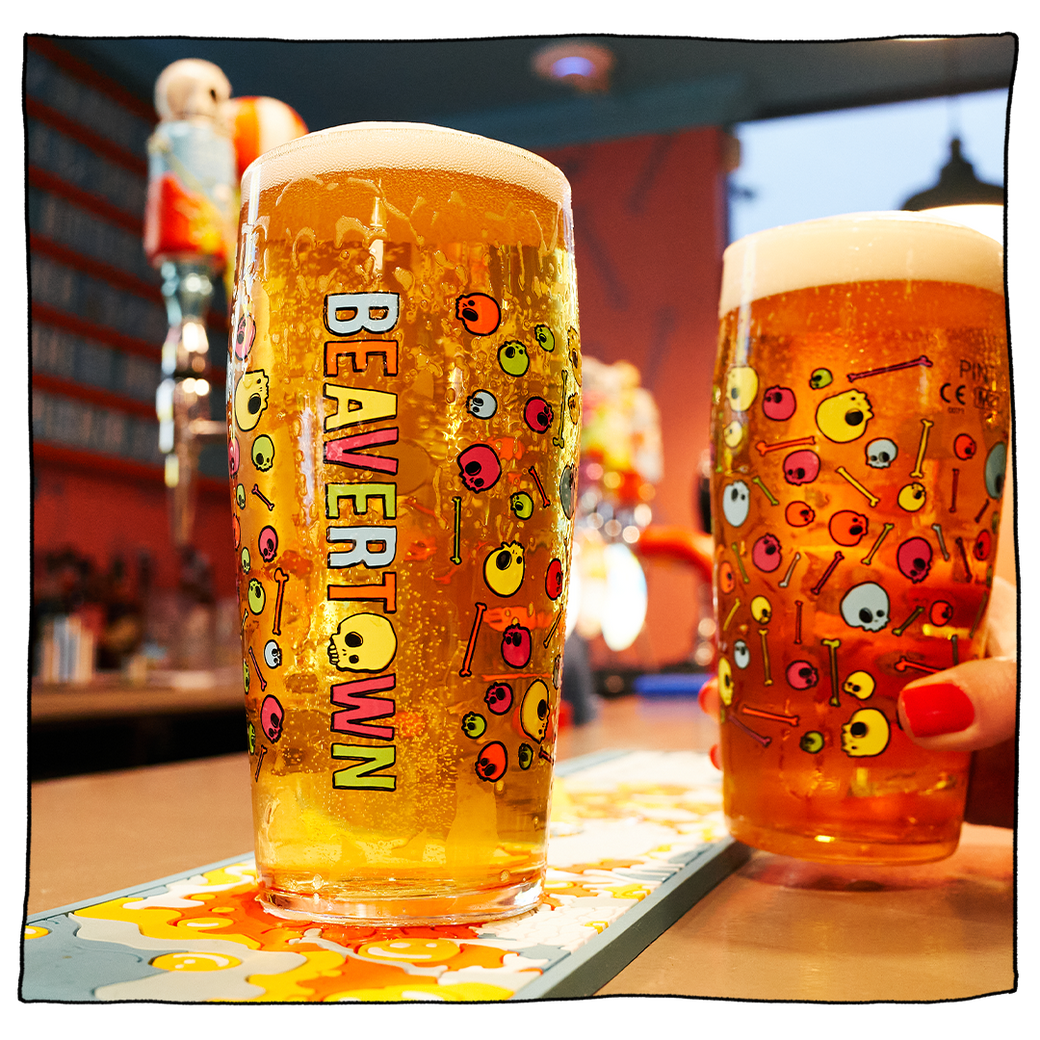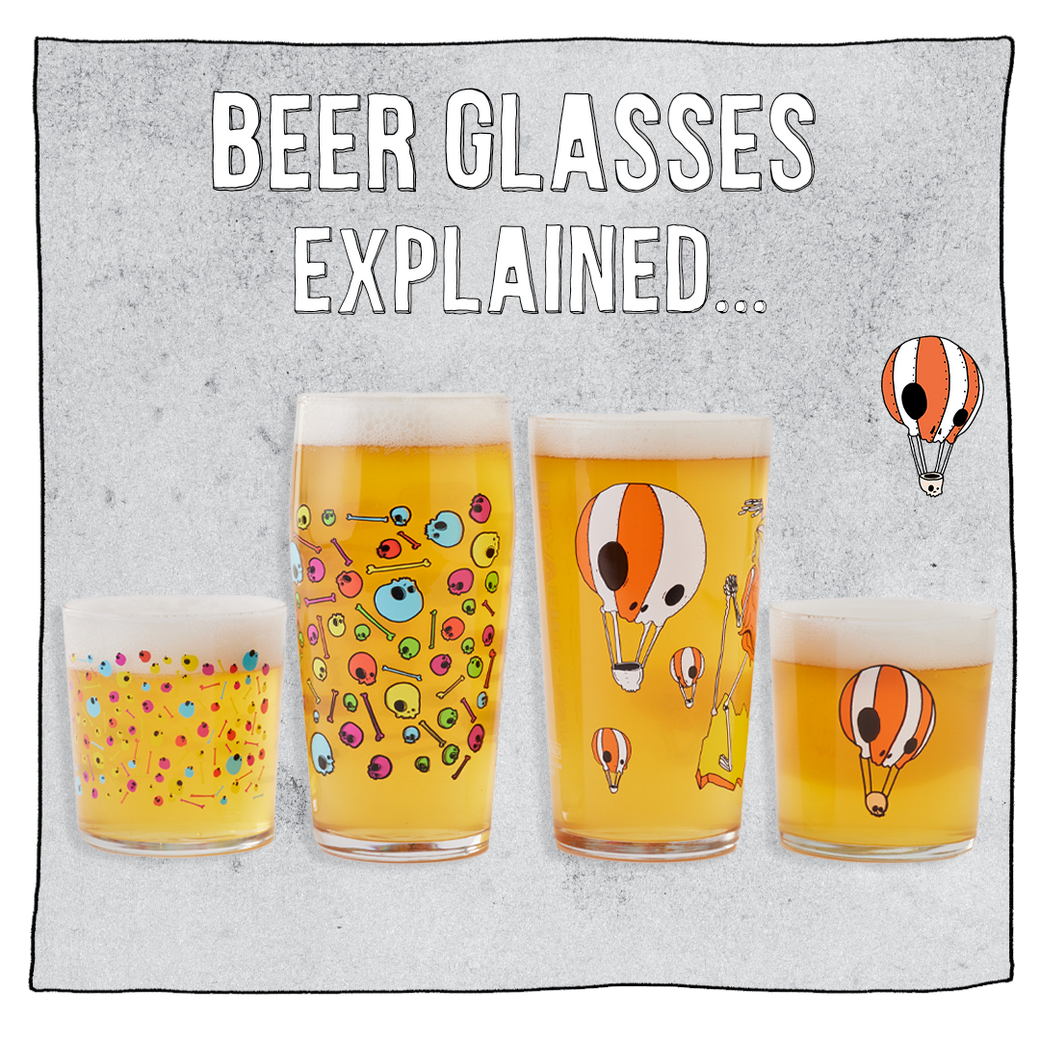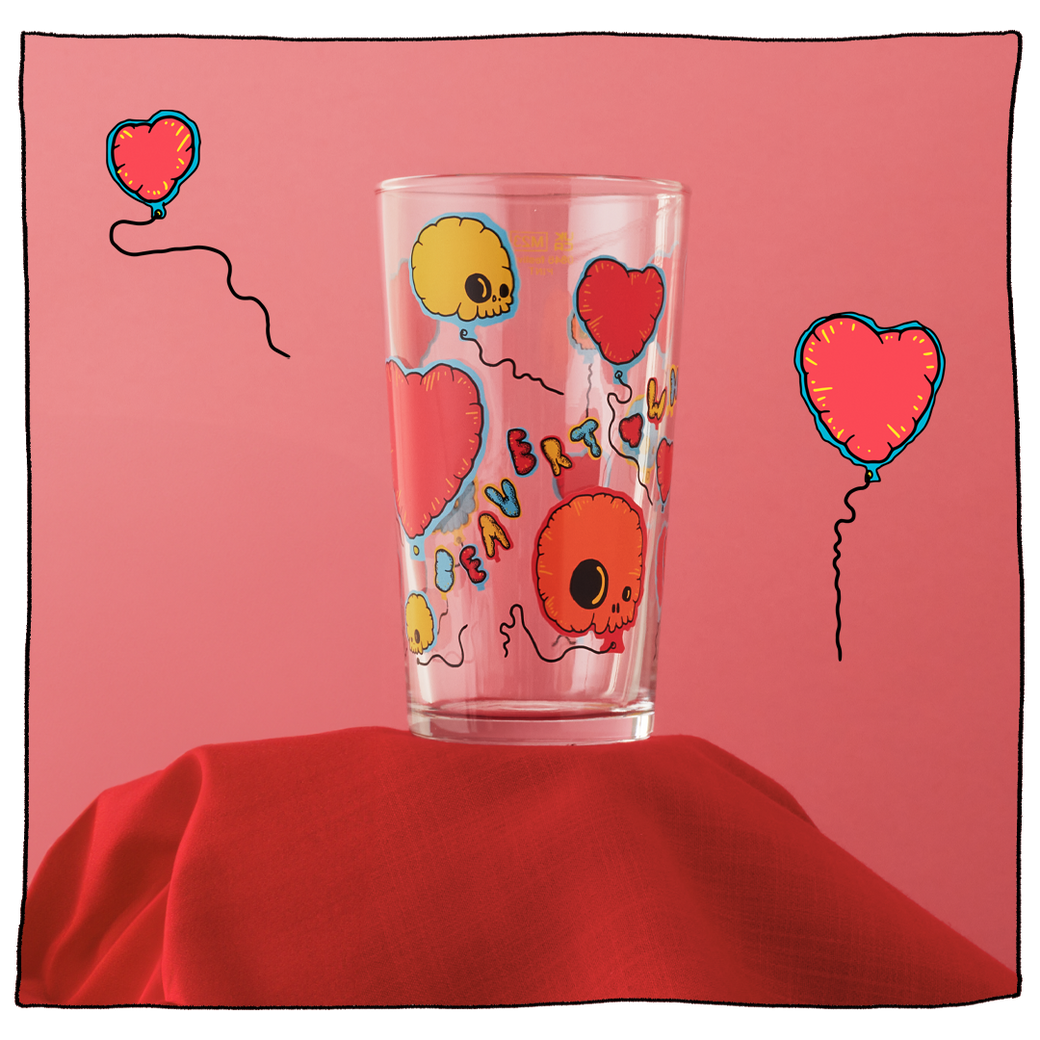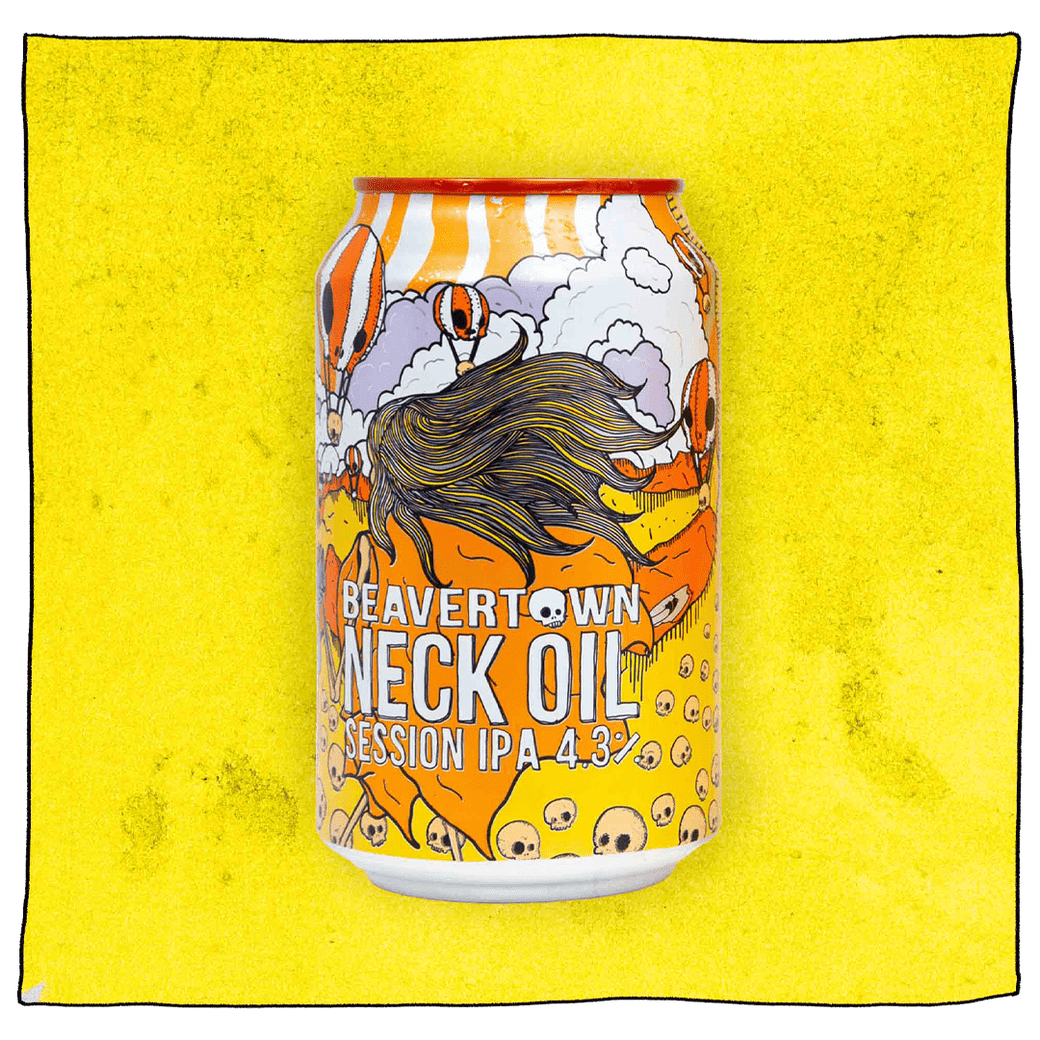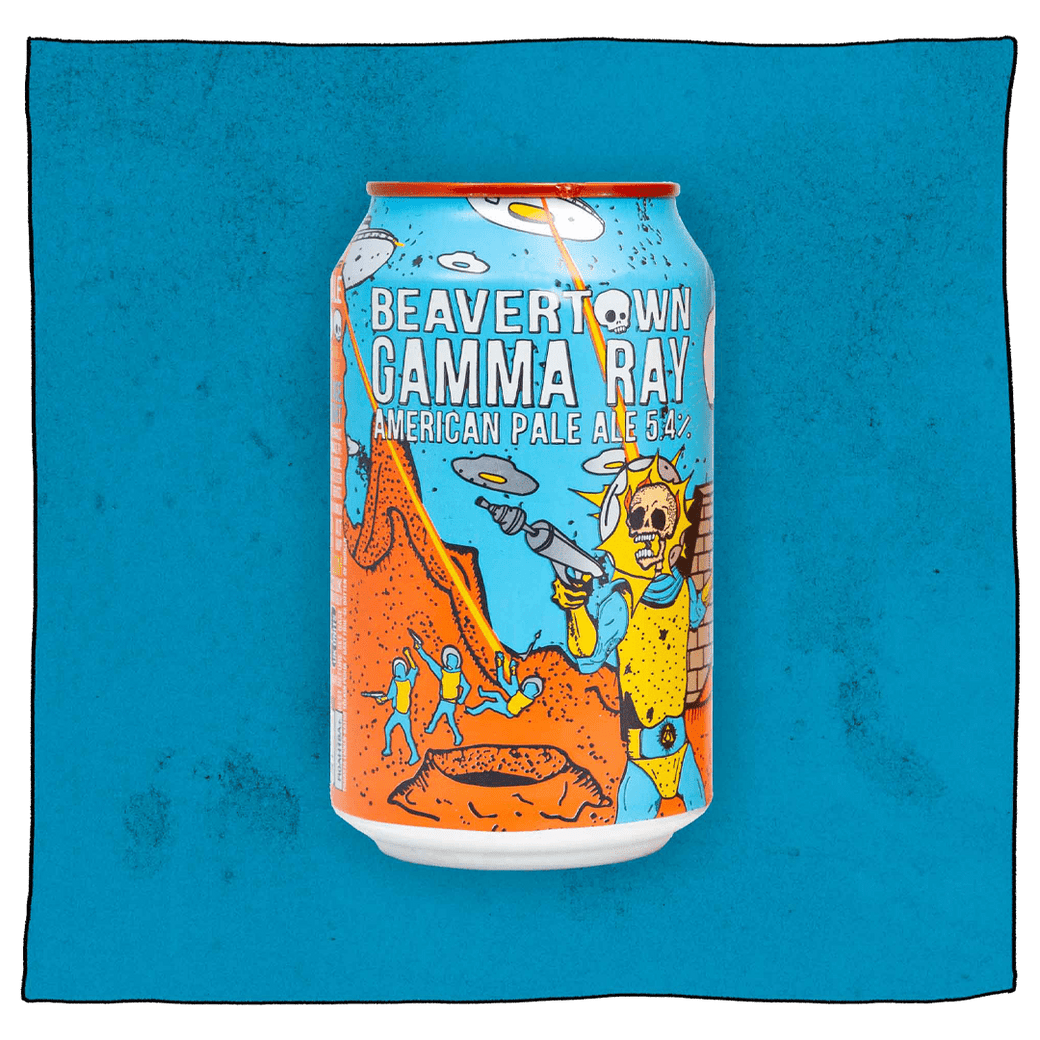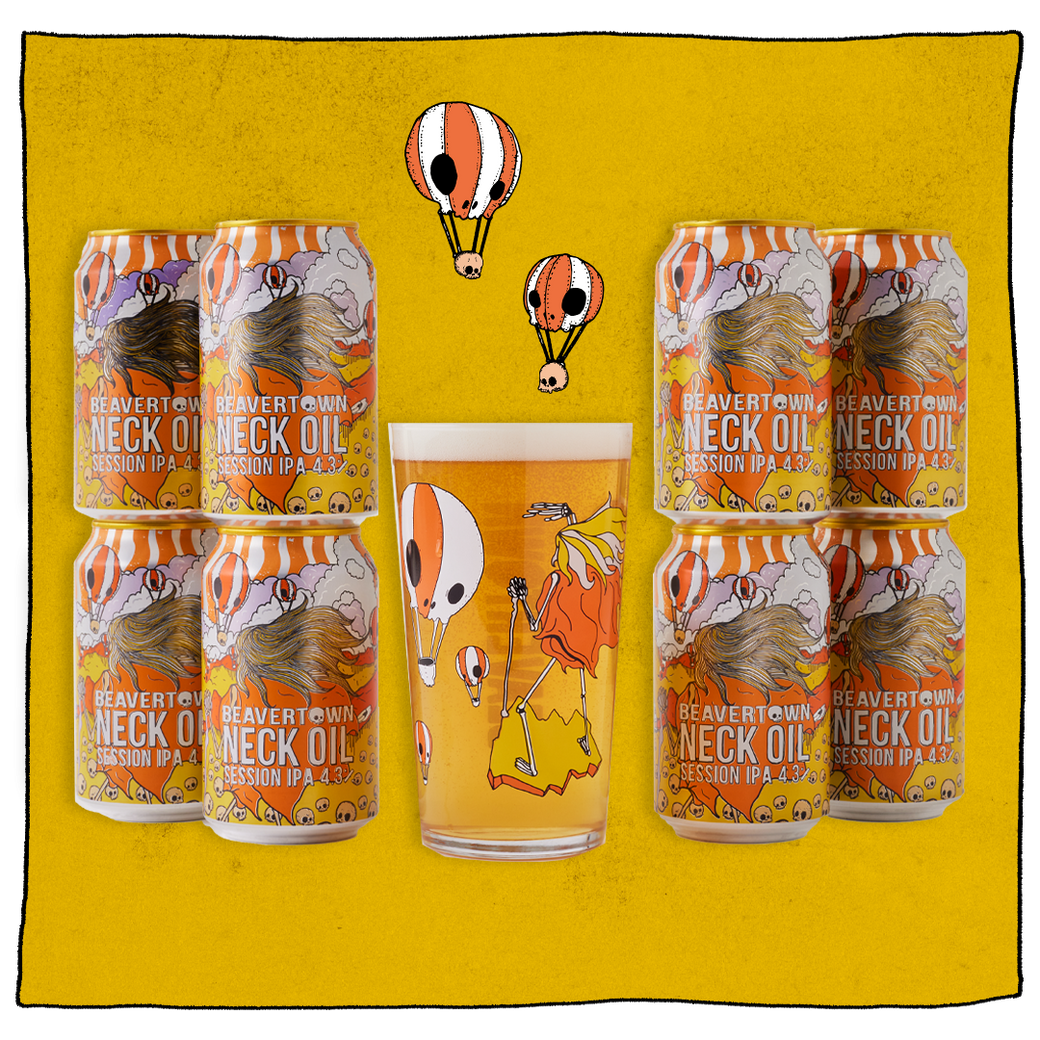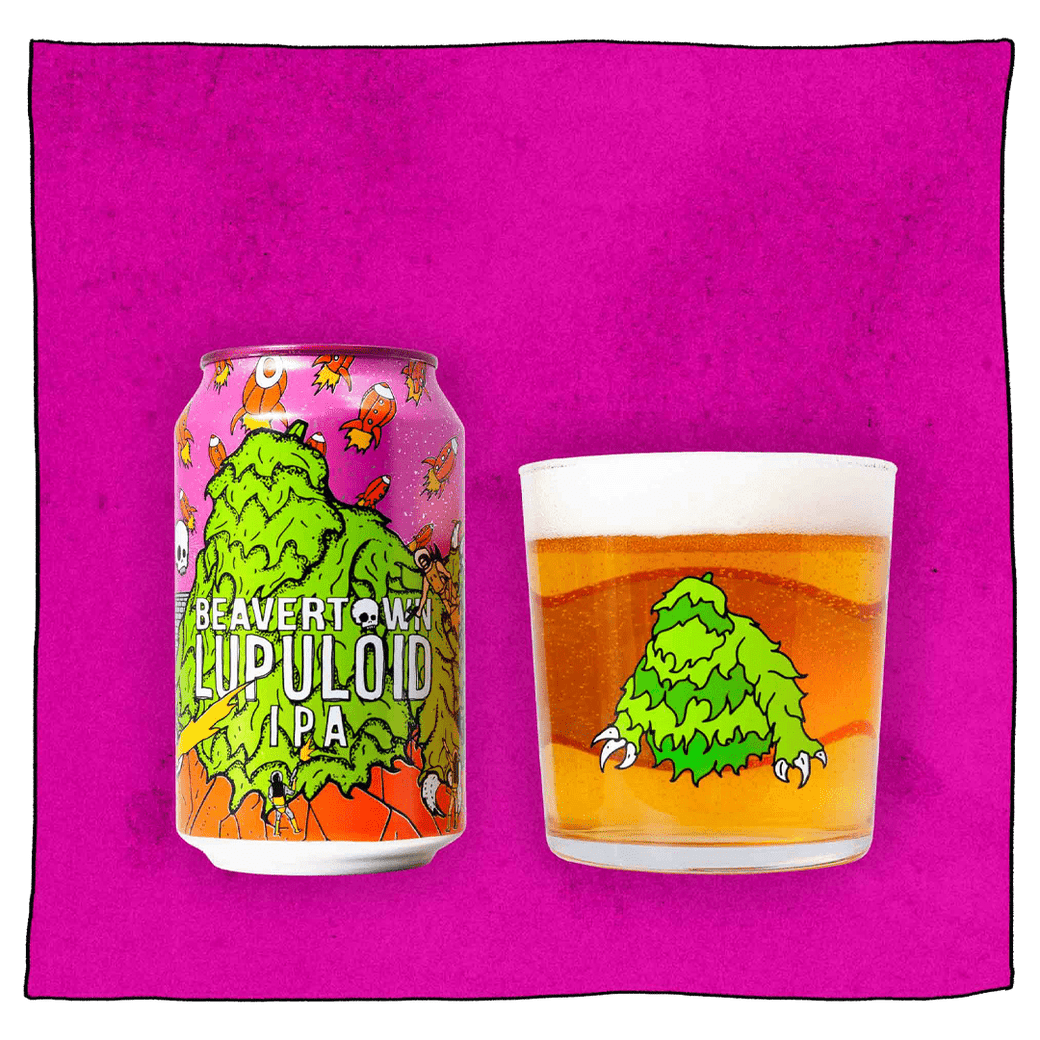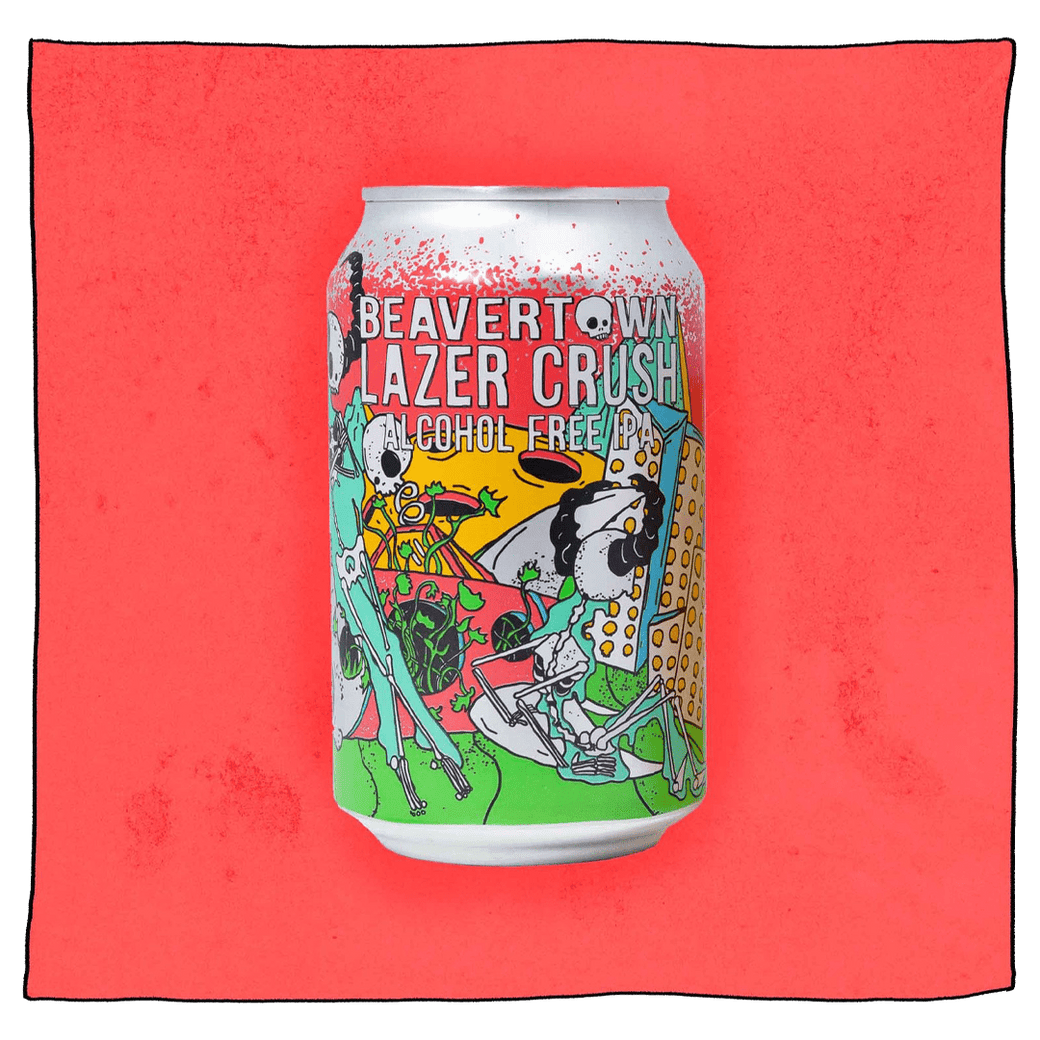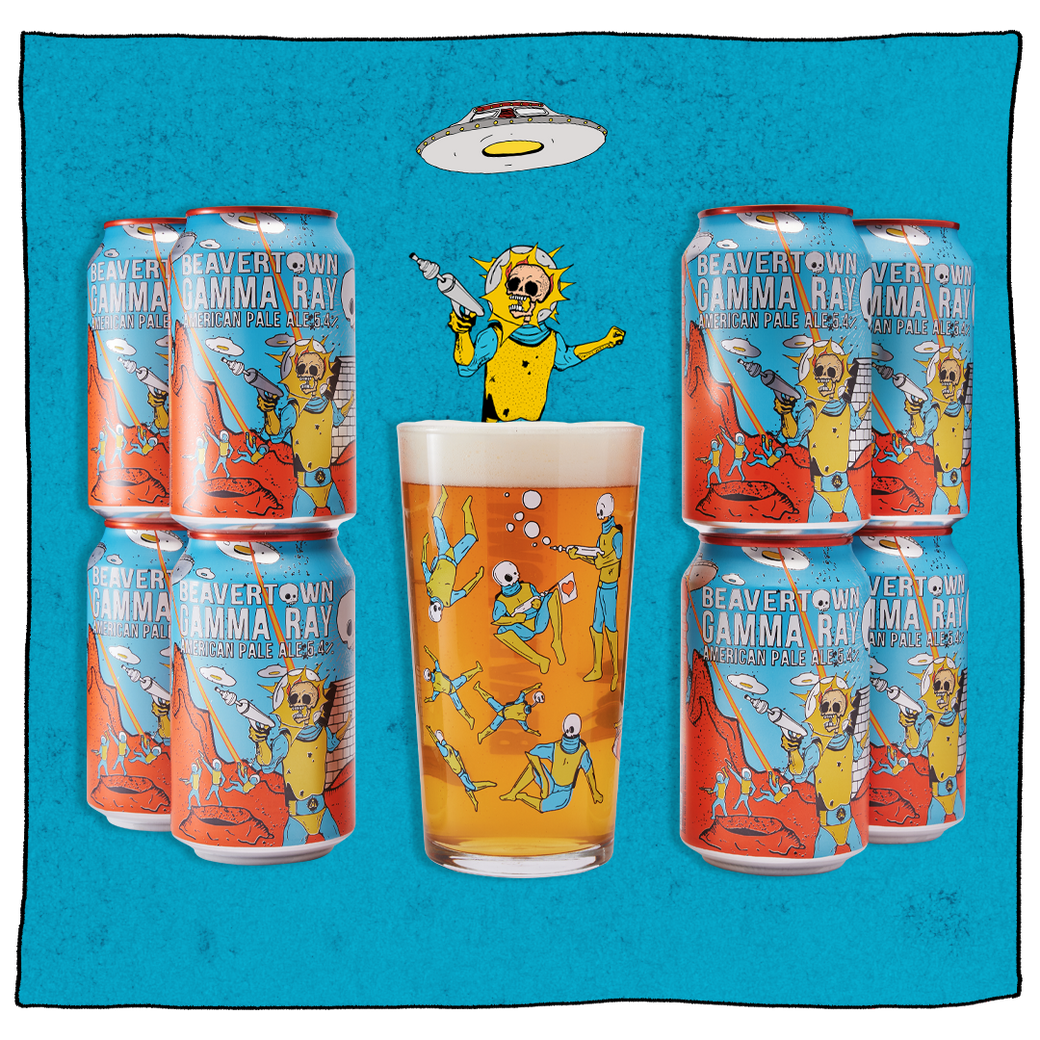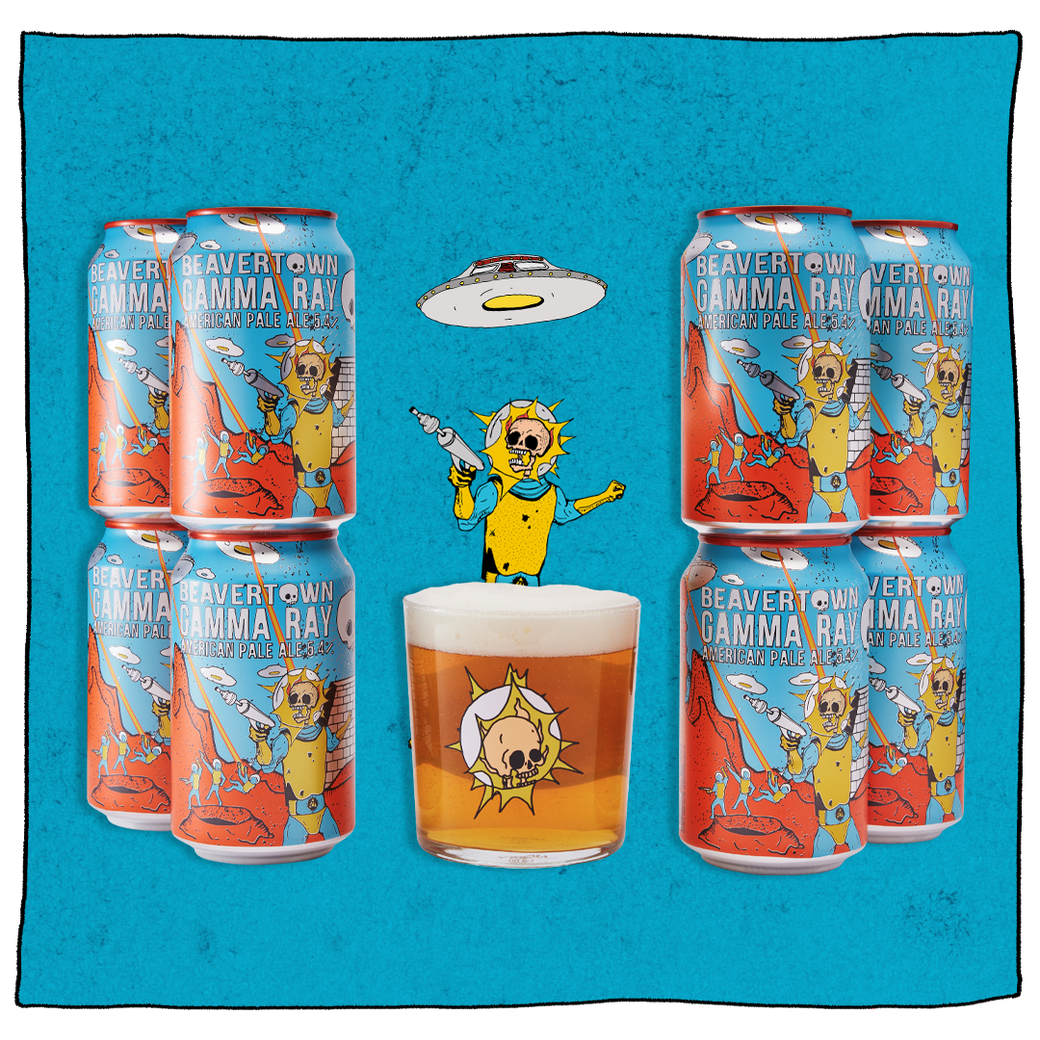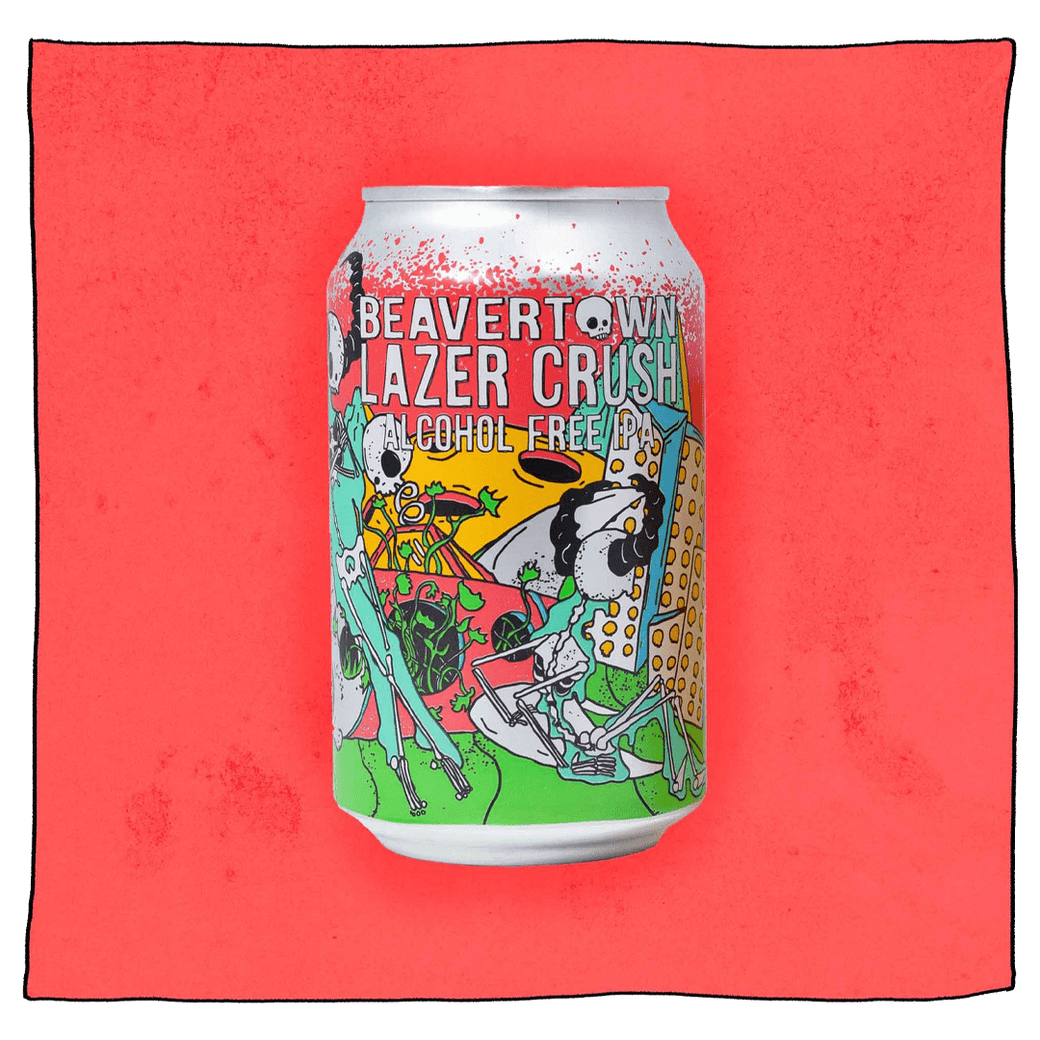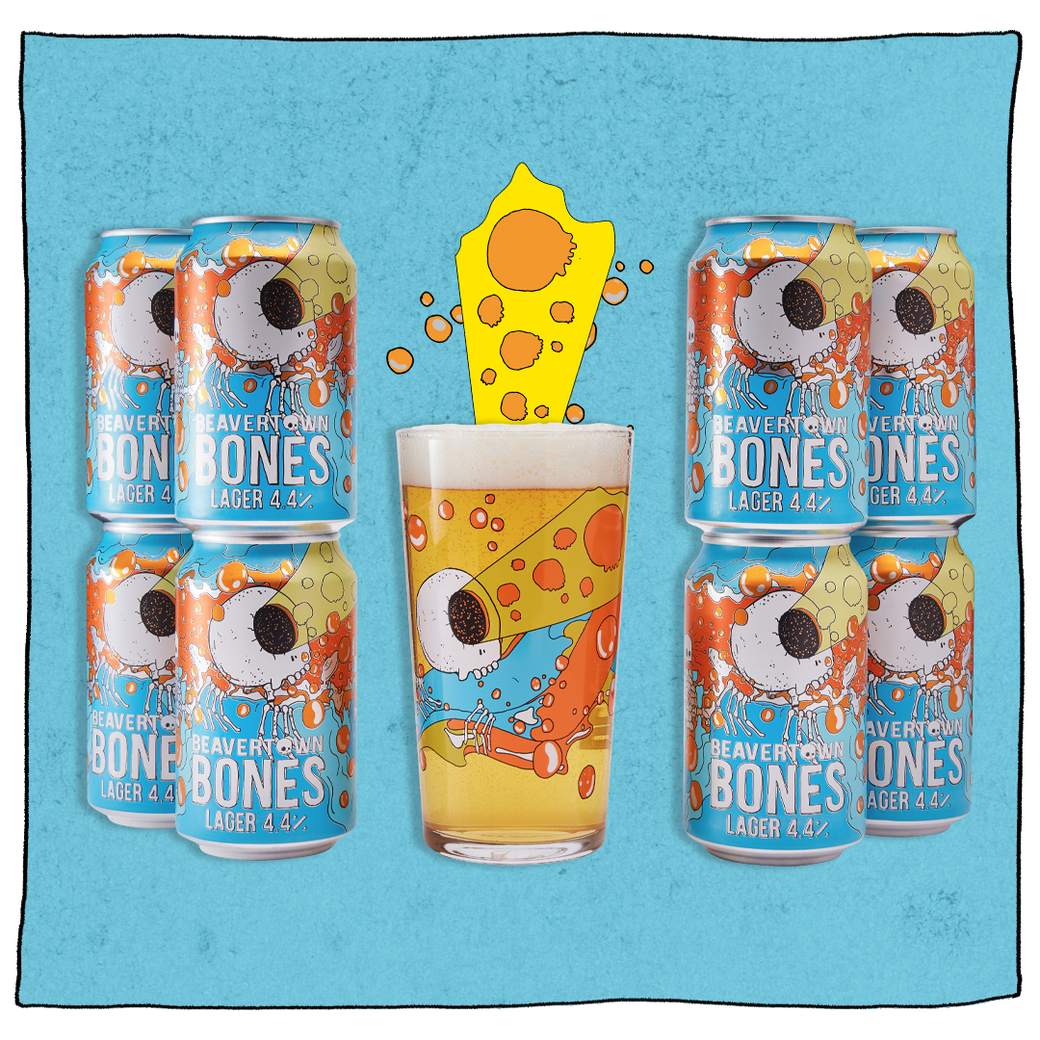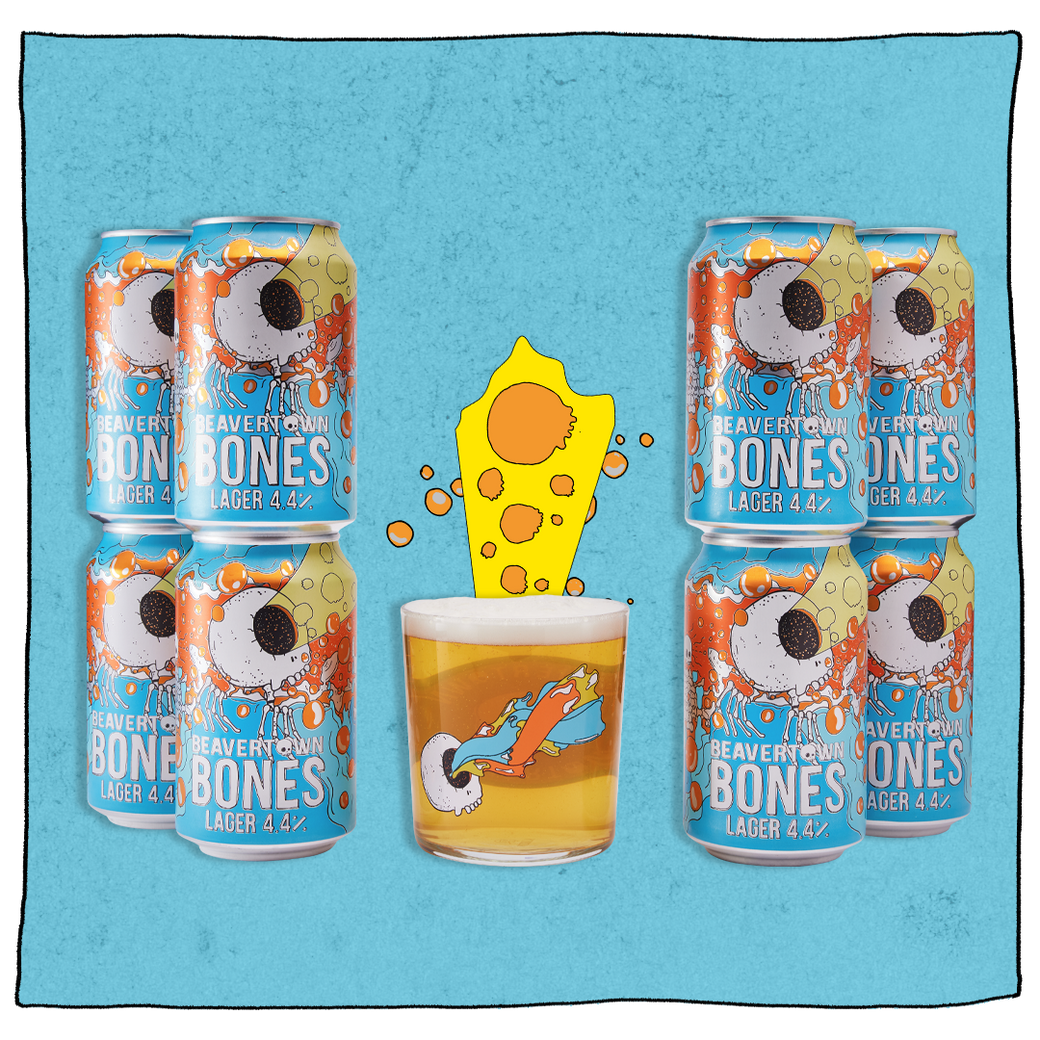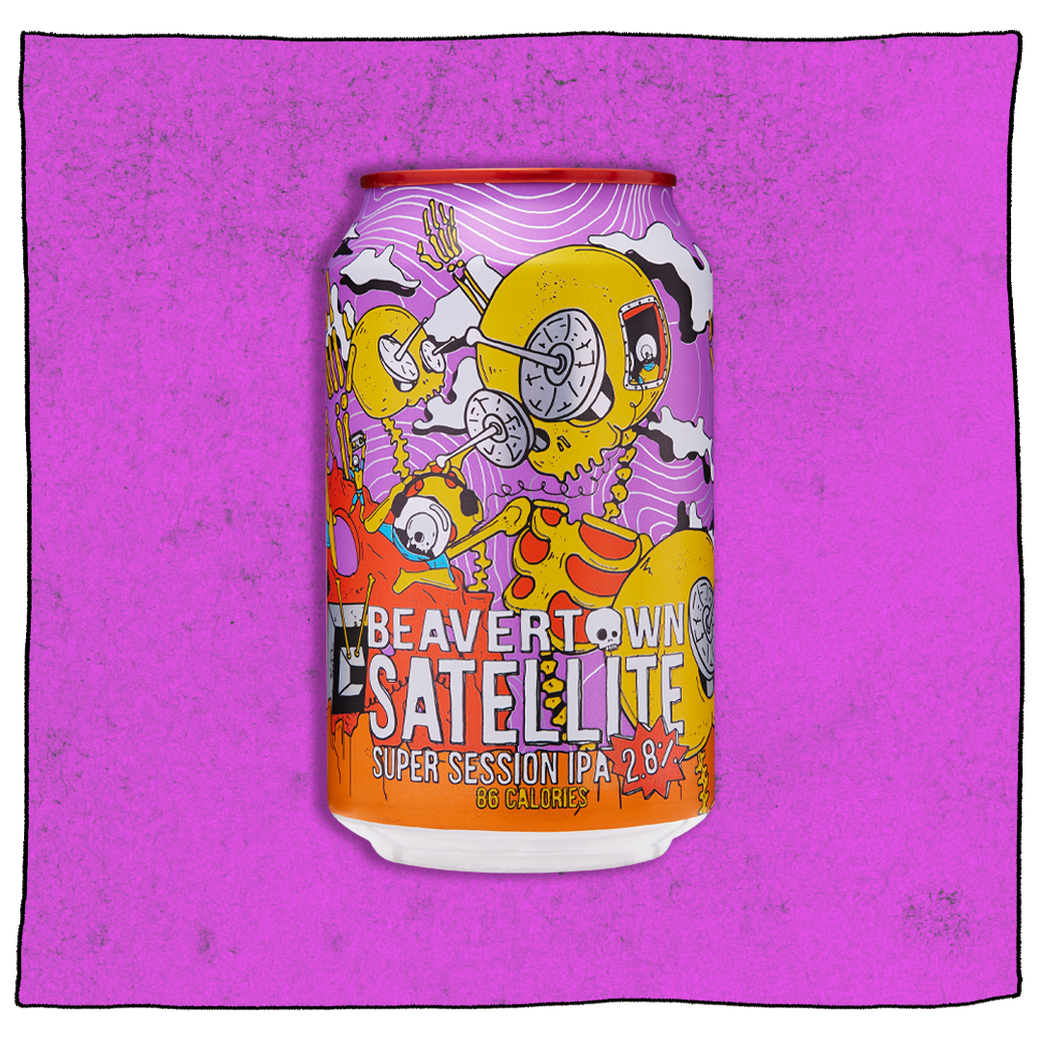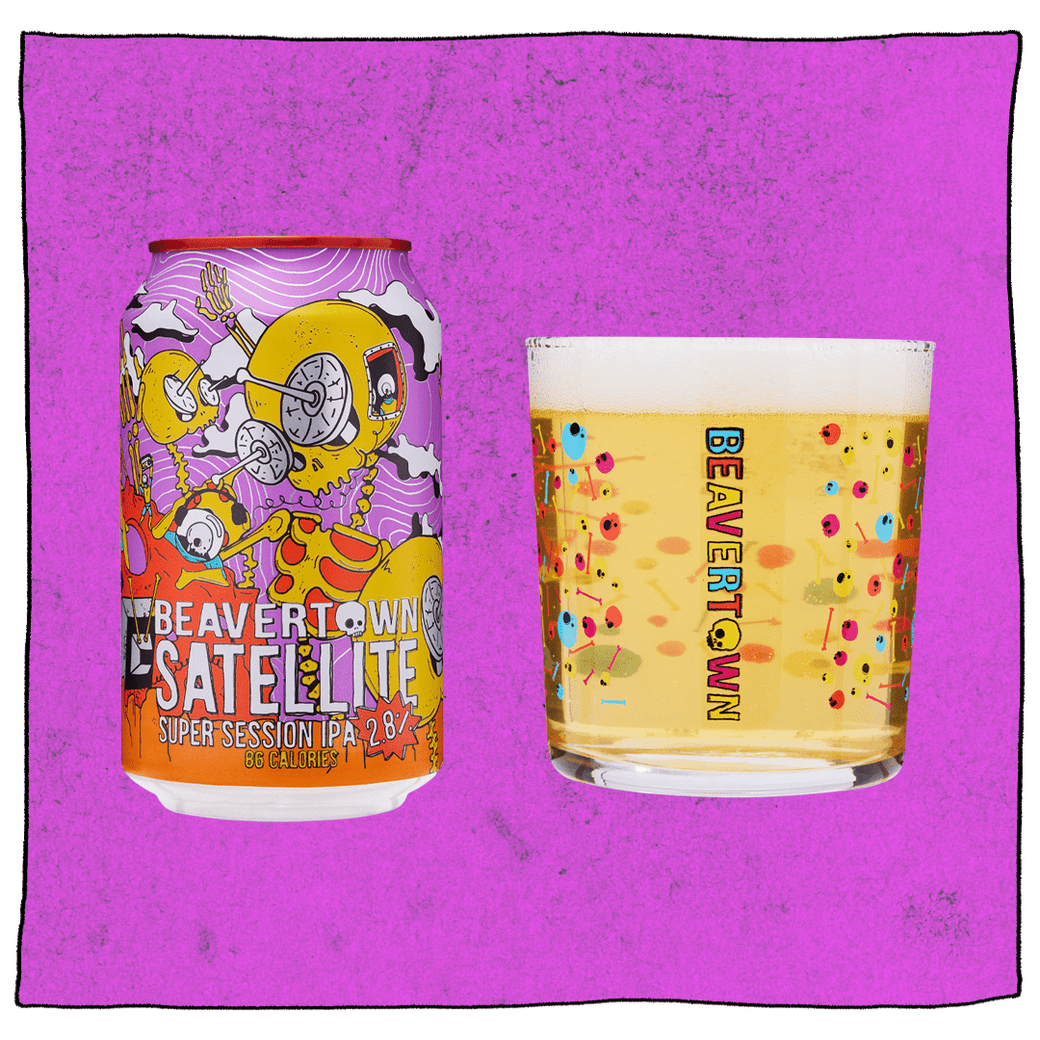Floating in the universe of beers, somewhere between the lager galaxy and the dark ale supernova, you’ll find a star-cluster of beers called pale ales. Pale ales and IPA Beers have been around for literally centuries and are pretty tasty (if we do say so ourselves). The hoppy citrus, fruity, juicy notes pair with the iconic bitterness perfectly for an easy sipping experience.
So, read on to learn more about these out-of-this-world beers, drank on Earth.
Differences between IPA & Pale Ale
The pale ale galaxy of beers is pretty broad. Some have really strong hoppy flavours like citrus, while others are more caramel-y.
IPAs are a subcategory of pale ales, so despite coming from the same galaxy, there are some differences between the two.
IPAs: tend to be more hop-heavy, higher ABV, taste more bitter
Pale ales: have a more balanced flavour, lower ABV
Differences between IPA & Pale Ale – the Long Version
To understand a bit more about pale ales vs IPAs, we need to know a little bit of history. Don’t worry, it’s not (that) boring! Click on the arrow to the right to find out more...
In like 1703, the beer people drank was pretty dark and roasty, similar to dark ales. Then, coke was invented. No, not the kind you drink with rum. It was a new-fangled fuel source, and brewers figured out it could be used to give beer malts a lighter roast. The only difference between pale and dark ales was that the process of roasting the malts changed – the lighter malt roast gave the beer a lighter appearance and flavour that let more hoppy notes come through.
But the thing with pale ales is that they didn’t travel well. Which was a problem during the long boat journeys from England to India. To save the British sailors from having to sip on sad, stale beer during these trips, a more hoppy beer was invented (hops are preservatives, you see).
The result was probably pretty disgusting, but it made the journey, and that’s all that mattered. It was described as an East India Pale Ale, after the East India Trading Company and IPAs were born. But it wasn’t until a boom in micro-brewing in 1980s America that it lost its tooth-stripping bitterness and actually became nice to drink.
All the juicy, fruity, pine-y, herbal, vanilla-y flavours that you find in both pale ales and IPAs come from the hops. IPAs tend to have more of these hop flavour profiles, whereas pale ales lean more on their malts for flavour. Because of this extra hoppiness, IPAs beers are usually more bitter. IPAs are also heavier on the alcohol – you can usually find IPAs between 5-7.5% while pale ales are usually somewhere between 4.5-6.2%.
Still with us? Okay, good.
What is an IPA?
Visiting the IPA planet is a pretty out-of-this-world experience. An IPA is a hoppy, fruity, citrusy sipper that goes with basically everything you’re doing – from picnics to Xmas dinner (enjoyed responsibly, obvs). They’re really great if your favourite thing about lager is the bitter notes – cause IPAs have bitterness by the bucket!
And if you’re a hop lover, you’ll love our hop monster – Lupuloid. It’s our literally award-winning IPA and pairs a pretty out-of-this-world flavour with a swoon-worthy ABV. Perfect for sippin’ after long adventures on new planets and important space missions.
What is a Pale Ale?
Floating among the stars, you can find one such pale ale, the American Pale Ale.
As its name suggests, American pale ale was created in the United States around 1980. It was inspired by British pale ale but uses a different type of hops which gives it a much more pine-y, fruity flavour. Gamma Ray is our OG American Pale Ale, inspired by the style of ale they brew on the west coast. It’s smooth and refreshing and great for those who love that craft beer type of taste.
APAs tend to have fewer bitter notes than a British IPA does, so if you’re looking for less bitterness, you’ll probably love Gamma Ray.
[Psst… down here]
We love Gamma Ray and Lupuloid, but did you know we also brew up a whole galaxy of other pale ales to try? Check out the rest of our interstellar selection of pale ales for a completely new explosion of flavours!






